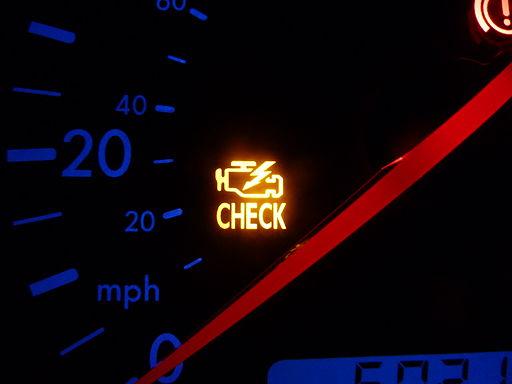While the new AHA guidelines garnered the bulk of the headlines, there was an abstract entitled Cardiovascular Risk Stratification Using Off-the-Shelf Wearables and a Multi-Task Deep Learning Algorithm that is worth sharing. Active users of Apple Watches —6,115 —of them had their heart rate and step counts collected and analyzed by an app developed and researched by the University of California at San Francisco and a startup, Cardiogram. (There were significant conflicts of interest as virtually all of the researchers were advisors or owners of Cardiogram.)
Using the information on the 6,115 users, a simple model used age, sex and use of beta blockers, a class of drugs used primarily for hypertension (high blood pressure) to identify patients with high blood pressure, sleep apnea [1] and diabetes. Cardiogram’s app used the heart rate and step counts of 70% of the data to train a deep learning algorithm to identify the same clinical conditions. The remaining 30% of user data was used as test cases. Heart rate and steps were better at detecting hypertension and sleep apnea, not so for diabetes.
- 81.9% of patients with hypertension versus 68.2% using the simple model
- 90.2% of patients with sleep apnea versus 45.9% using the simple model
- No discriminatory ability to detect diabetes
The more informative sensitivity and specificity data (how well the algorithm correctly identifies those with a problem and does not misidentify those without a problem) suggest that the algorithm is more helpful in screening patients rather than being definitively diagnostic. But how do heart rate and step counts improve the algorithm? That is an exciting bit of science about how we age and respond to illness.
When a physician says, your heart rate (pulse) is 60 beats per minute they are reporting the average. There are variations to those beats, some are 1 second, some a little longer, some a little shorter. Those differences can be measured and expressed by the term heart rate variability (HRV). A similar calculation can be made for step counts over time. As we age HRV decreases, our heart rate (and step pace) become more consistent, less variable. It is this change that is exploited by the deep learning system. As we age, we become less resilient. The decreasing variability of many physiologic measures reflects that loss of resilience.
While this study considered two chronic illnesses, hypertension and sleep apnea, the loss of variability, specifically for the HRV, occurs in acute situations, when we are becoming ill; due to changes in how our body’s organs are functioning as well as signaling through nerves and hormones to one another. In fact, HRV may indicate illness many hours before there are physical manifestations of a disease that we or a physician recognizes. In a study of adults at risk for sepsis [2], 85% were identified by decreased HRV up to 60 hours before they developed alterations of their blood pressure, pulse and ability to provide oxygen to their bodies that a physician would commonly recognize.
Wearable physiologic monitors and that is what the Apple Watch and Fitbits can become, are not diagnostic tools, at least yet. But this abstract suggests that they hold promise in providing an early warning system, a form of inexpensive surveillance – letting you know that a problem exists and requires attention.
[1] Sleep apnea is a condition in which you stop breathing for short periods while asleep. Being overweight and snoring are common symptoms, I hasten to add that neither of these symptoms is sufficient to make the diagnosis, that requires other tests. Sleep apnea has a deleterious impact upon other diseases like cardiovascular disease or diabetes.
[2] Sepsis is a life-threatening, overwhelming infection.




